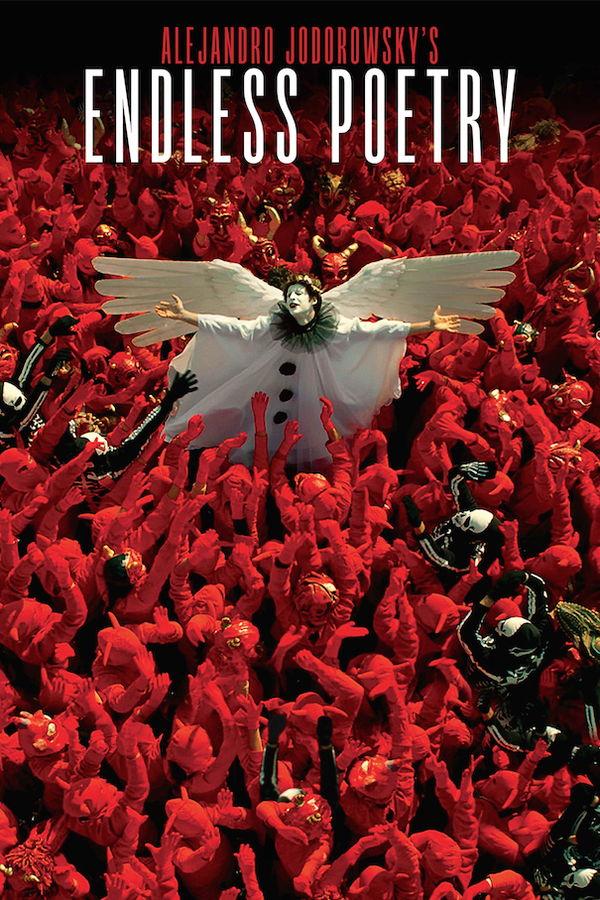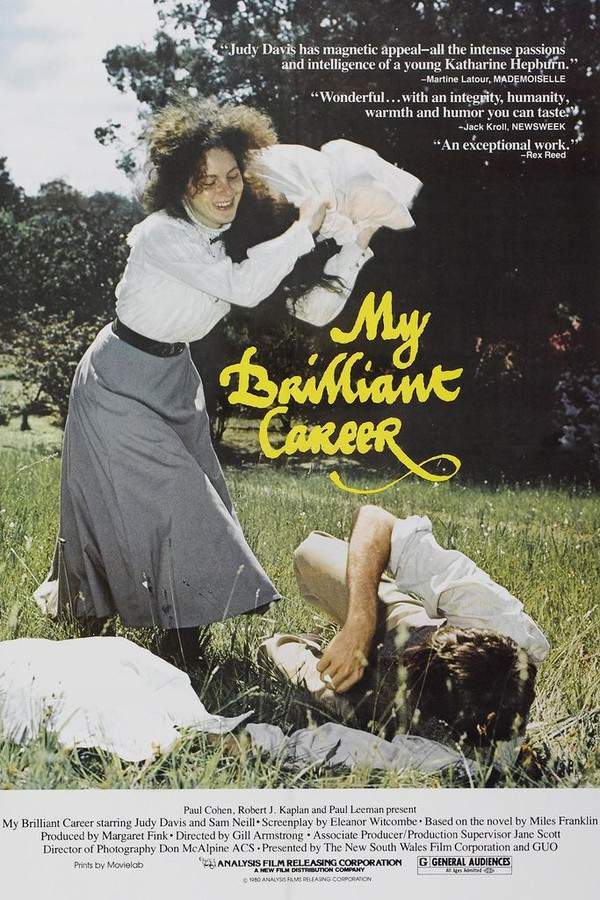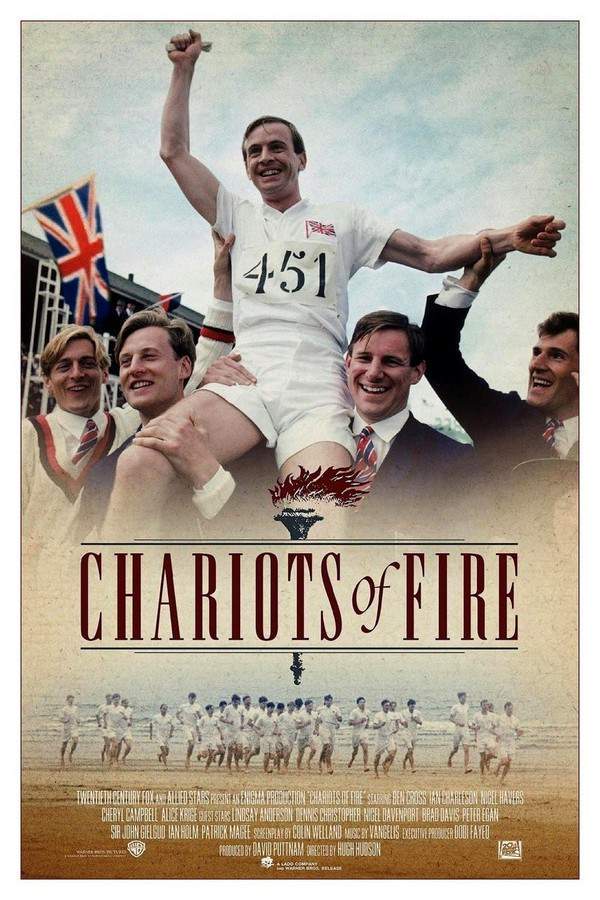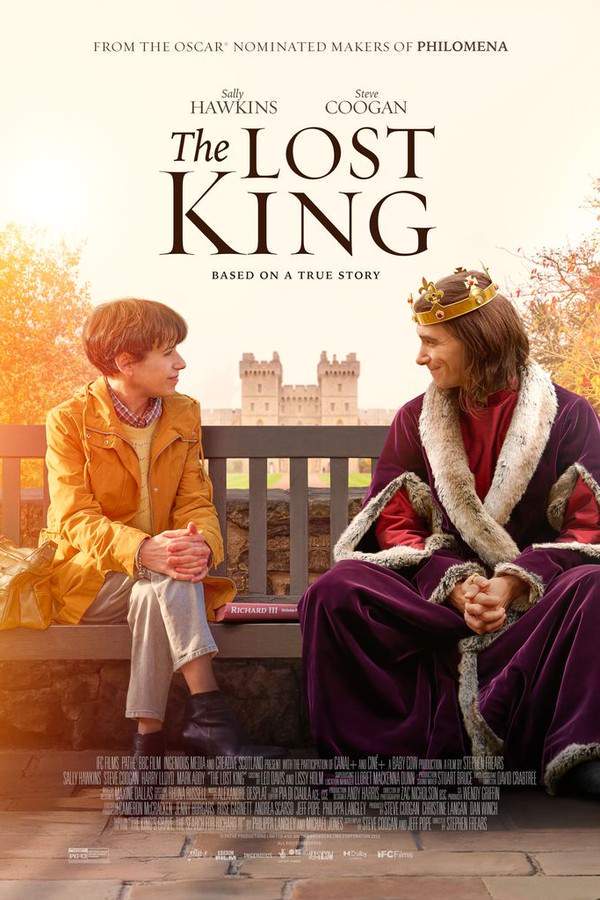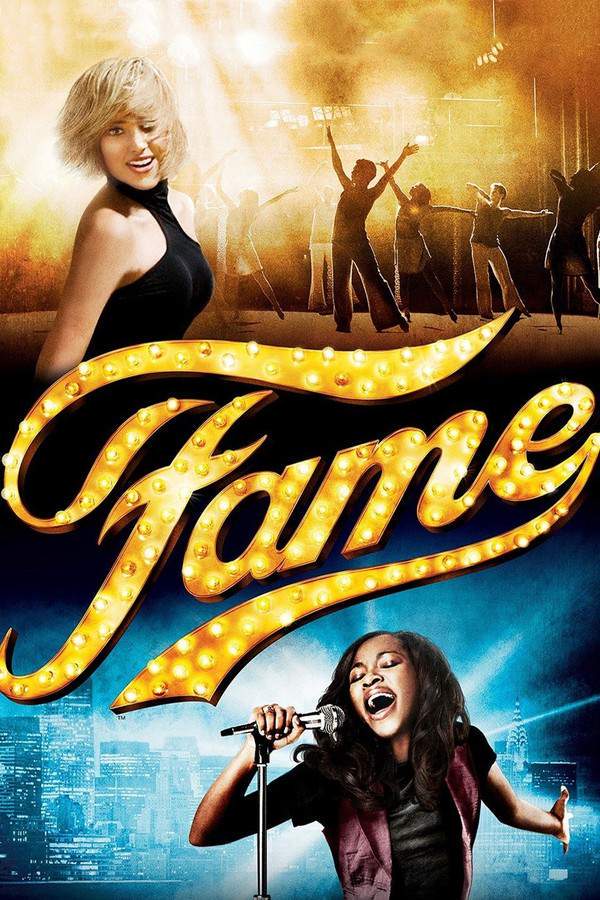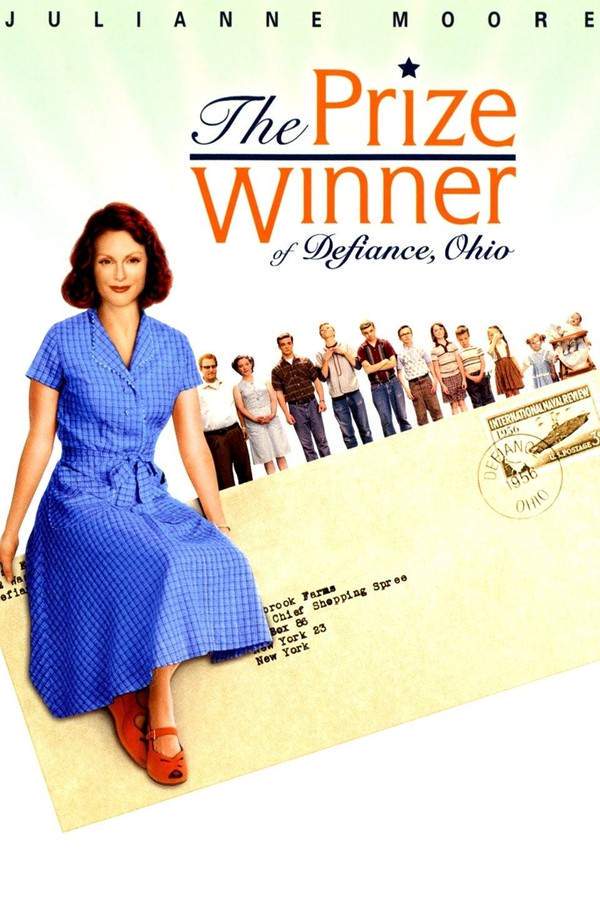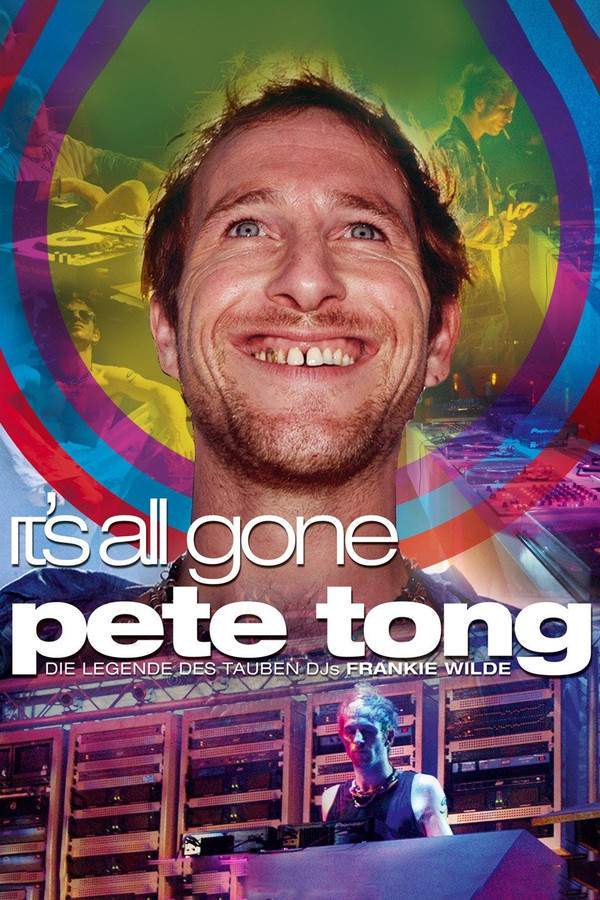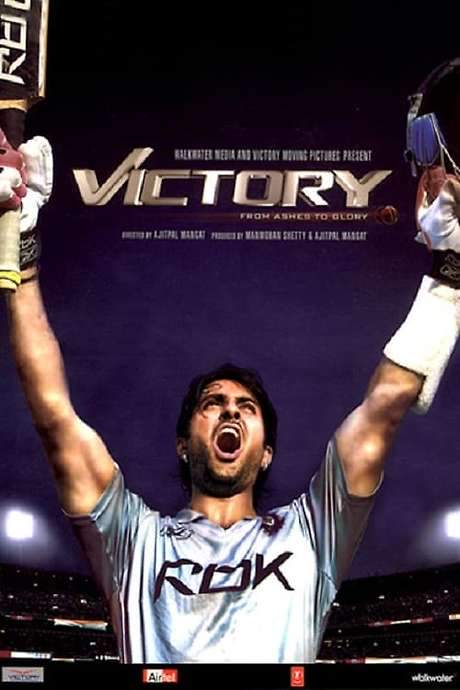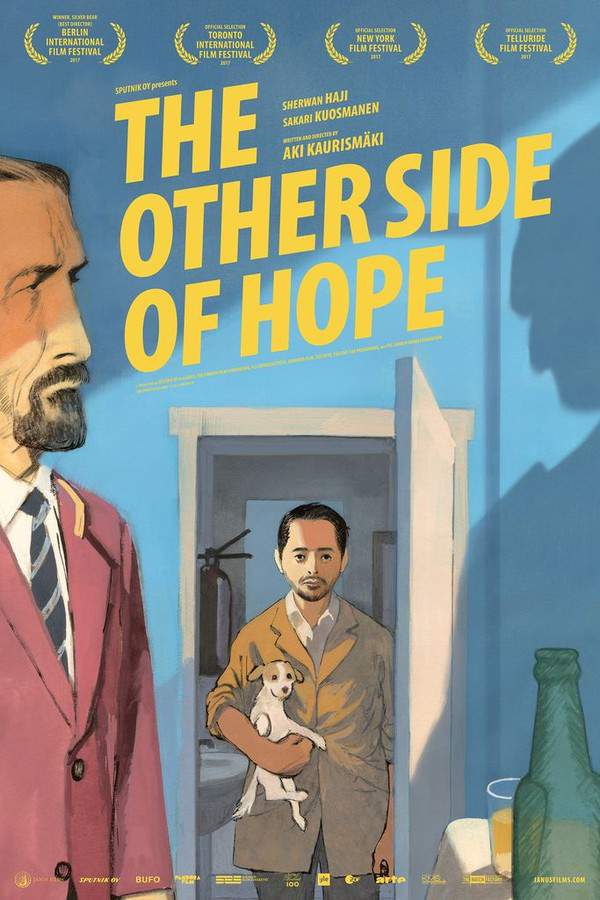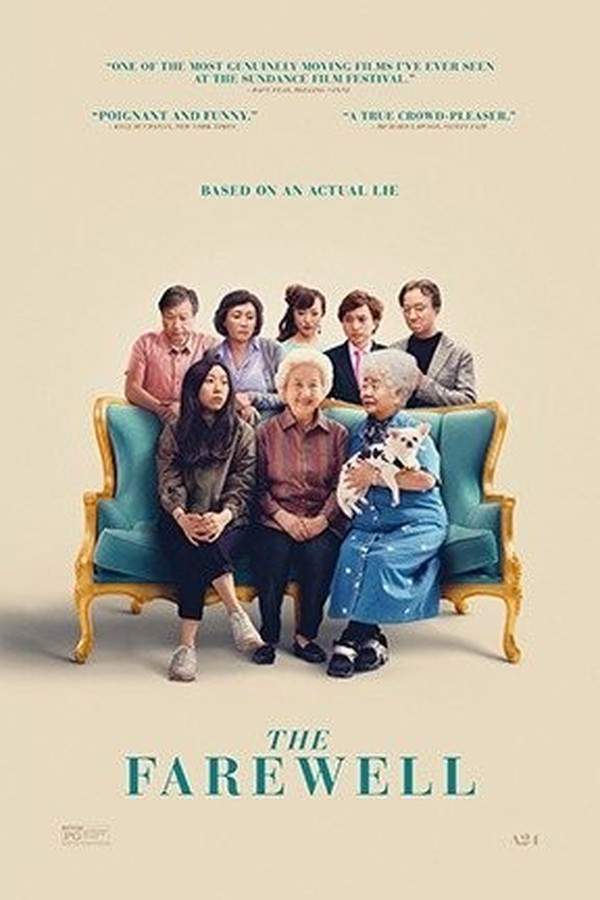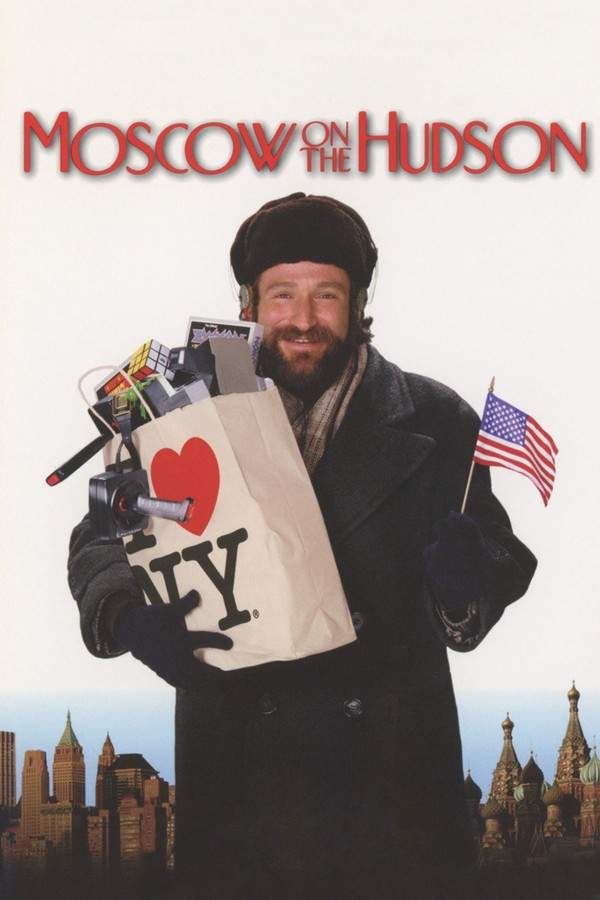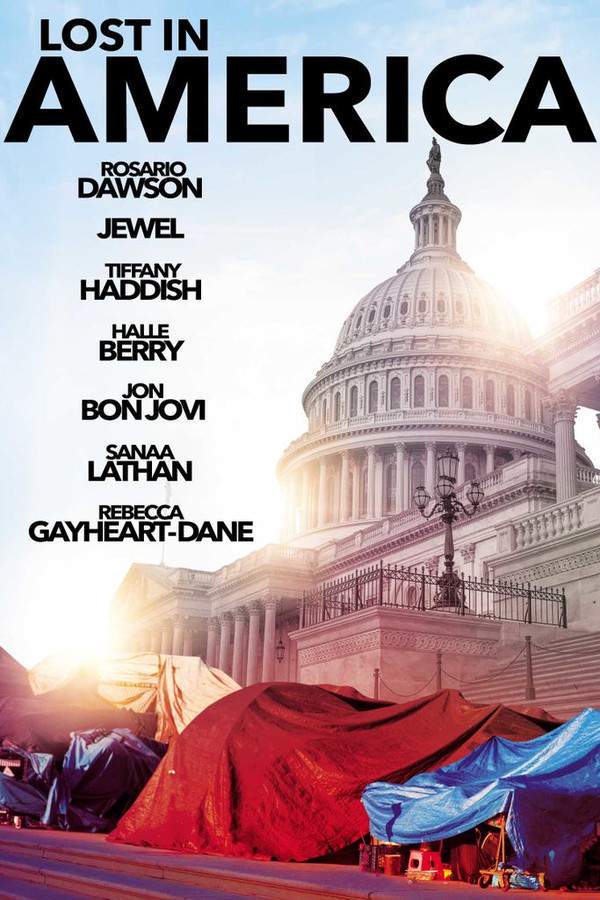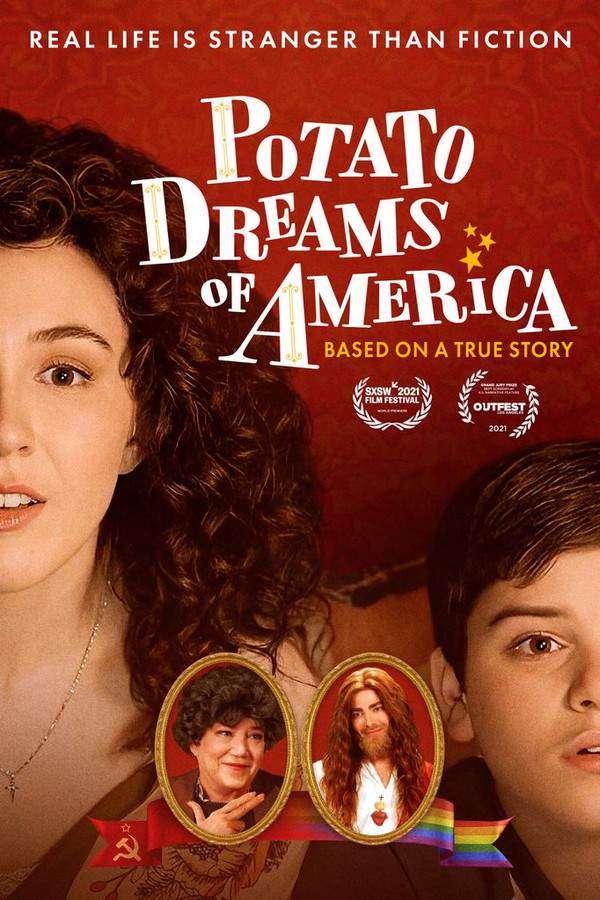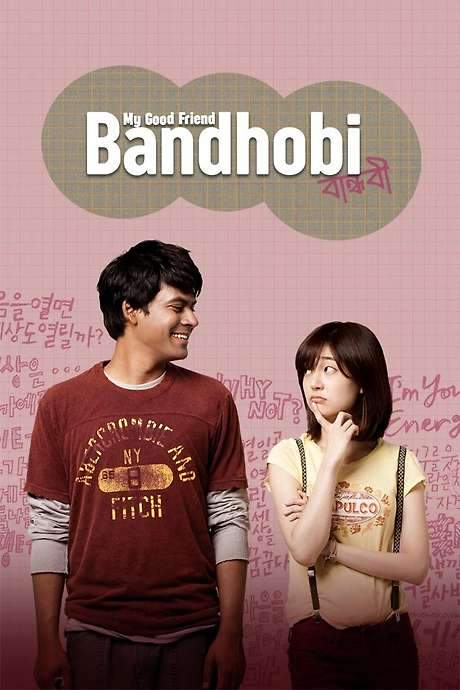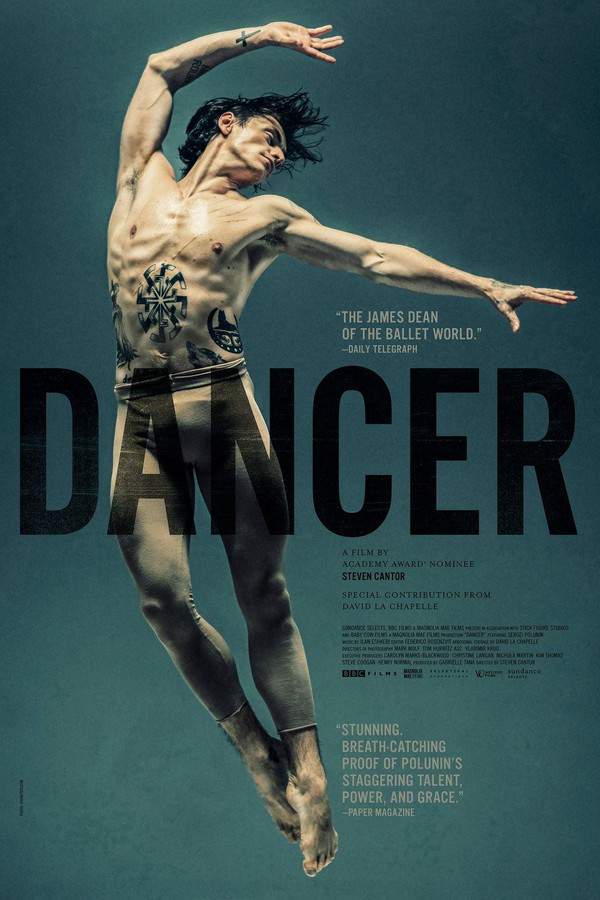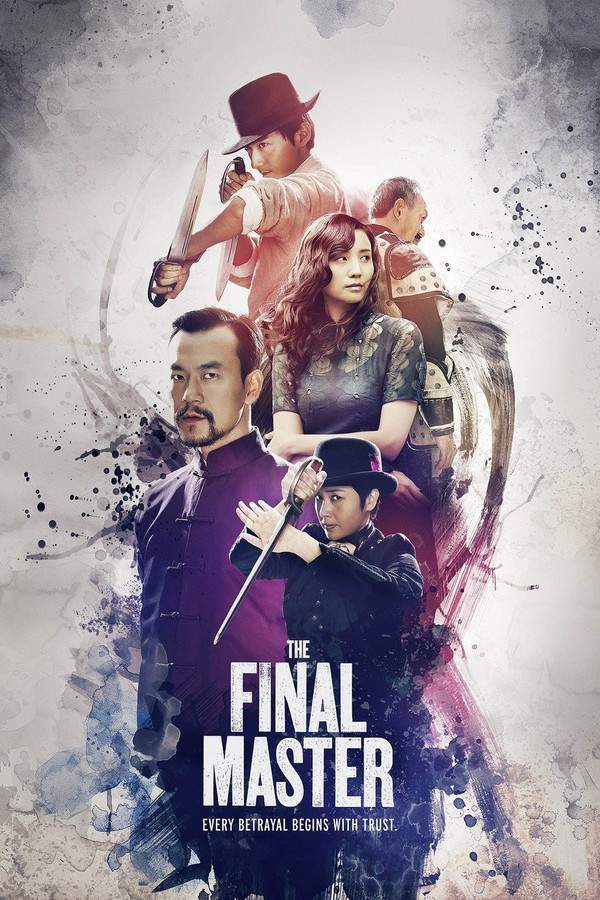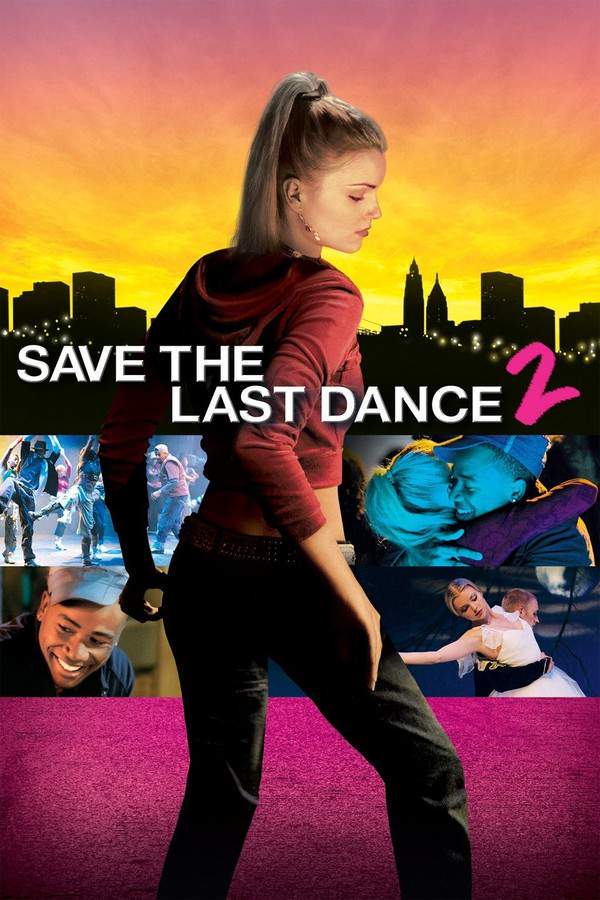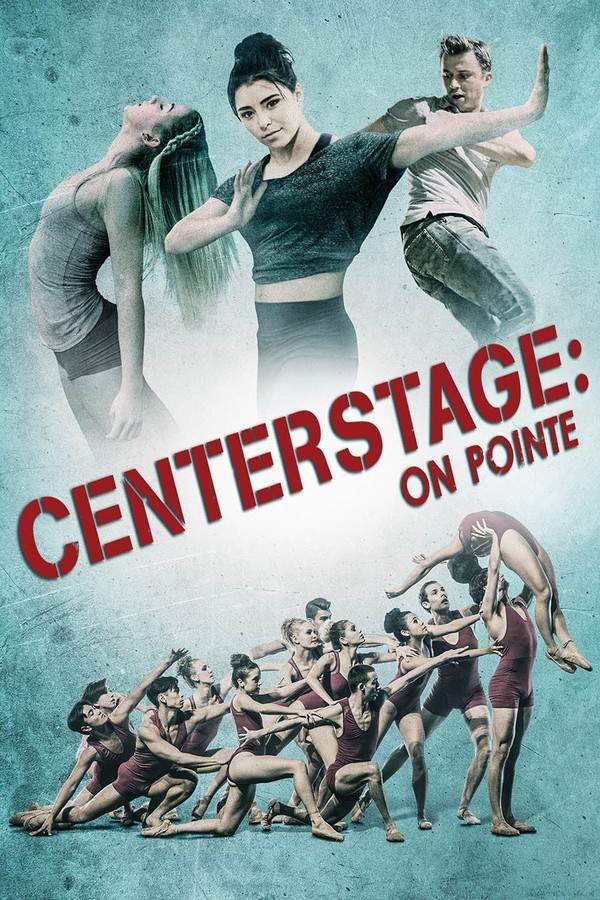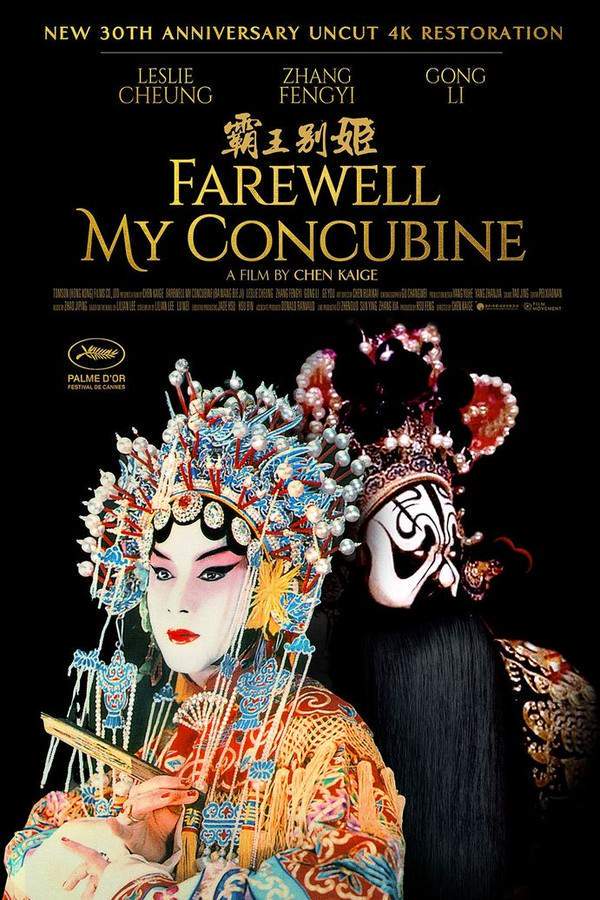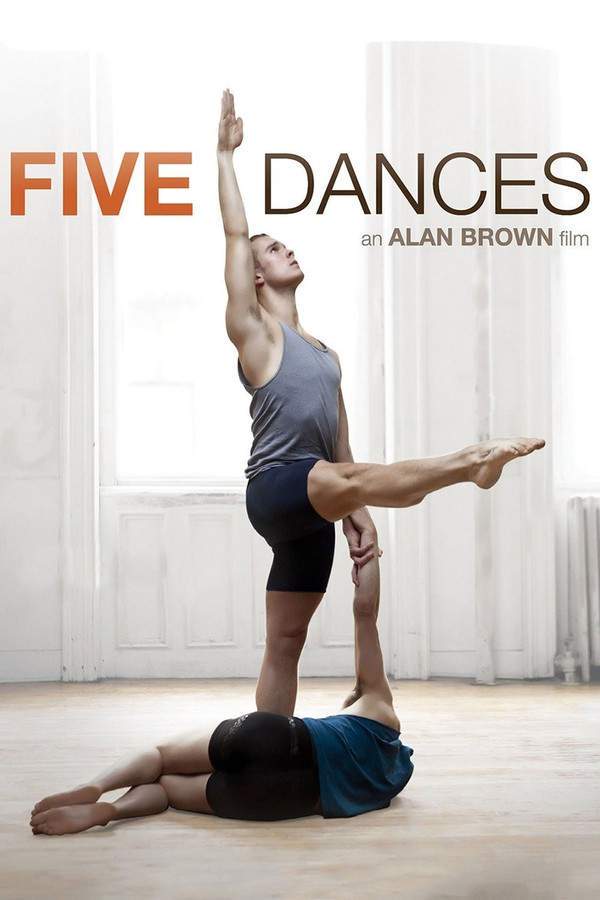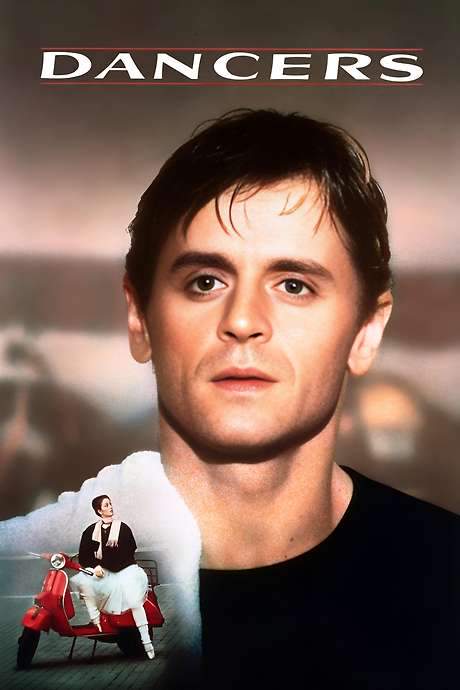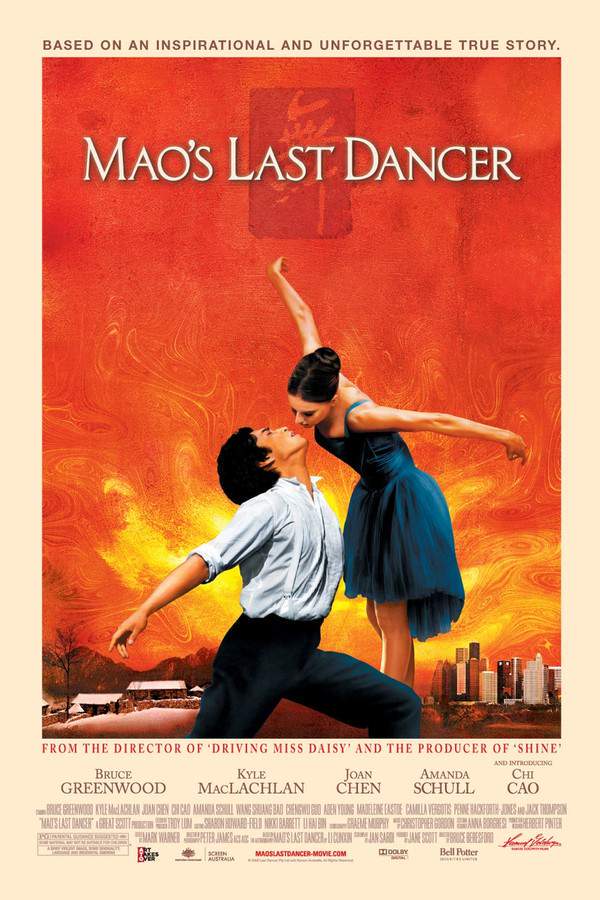
Mao's Last Dancer
Year: 2010
Runtime: 117 min
Language: English
Director: Bruce Beresford
A young boy's remarkable journey forms the heart of this drama, inspired by the true story of Li Cunxin. He is taken from his rural Chinese upbringing and enters the demanding training of Beijing’s elite ballet academy. As he develops his talent, love and the art of dance lead him to Texas, where he faces a difficult choice between honoring his cultural heritage and pursuing his own happiness.
Warning: spoilers below!
Haven’t seen Mao's Last Dancer yet? This summary contains major spoilers. Bookmark the page, watch the movie, and come back for the full breakdown. If you're ready, scroll on and relive the story!
Mao's Last Dancer (2010) – Full Plot Summary & Ending Explained
Read the complete plot breakdown of Mao's Last Dancer (2010), including all key story events, major twists, and the ending explained in detail. Discover what really happened—and what it all means.
In the rural Shandong Province, an 11-year-old boy named Li Cunxin finds himself trapped in a monotonous existence during Mao’s Cultural Revolution. The turning point in Li’s life occurs when government officials arrive at his school, propelling him into a remarkable journey. Unexpectedly selected, he is removed from his ordinary surroundings and enters the prestigious Madame Mao’s Dance Academy in Beijing. Initially daunted by the demanding ballet regimen, Li receives invaluable guidance from Chan, a Russian classical ballet enthusiast whose expertise starkly contrasts the ideologically influenced physical performances of the Politburo. Under Chan’s nurturing mentorship, Li’s innate talent flourishes, and he begins to understand the intricacies of ballet.
During a cultural exchange to China, American ballet director Ben Stevenson discovers Li’s remarkable skills and extends an invitation for him to join the Houston Ballet as an exchange student for three transformative months. This opportunity thrusts Li into a conflict with his Communist Party upbringing, leading him to reevaluate the rigid ideologies that have shaped his life. His burgeoning romance with aspiring American dancer Elizabeth Mackey intensifies his longing to stay in the United States.
Despite his aspirations, the Chinese government remains steadfast in its refusal to allow Li to extend his stay. In a daring move, Li marries Mackey, believing that this union will afford him some security from governmental pressure. However, when Li seeks legal advice at the Chinese Consulate in Houston, he is abruptly detained by a diplomat eager to ensure his return to China.
Amid the unfolding international drama, high-ranking government officials from both nations become embroiled in Li’s plight. His unwavering resistance to repatriation eventually leads the Chinese government to release him, but at an immense personal cost: he is stripped of his citizenship, condemned never to return to the land of his birth. As his departure date approaches, Li is faced with a poignant dilemma when Stevenson persuades him to remain and join his prestigious ballet company, a decision that heavily impacts Elizabeth’s dreams and increases the burden of secrets regarding his family back in China. The strain of these choices causes fissures in Li’s marital relationship, leading to a gradual unraveling of his union with Mackey.
Years slip by, and despite Li’s success on stage, his private life is fraught with challenges. Hope finally emerges when the Chinese authorities permit his parents to visit him in the U.S., culminating in a long-awaited reunion where they witness Li’s triumphant performance of The Rite of Spring. This emotional encounter also marks a pivotal moment in Li’s life as he is later granted permission to return to China and reconnect with his family.
Li ventures into a new chapter alongside Mary McKendry, an Australian ballerina, as they journey back to the village that shaped his beginnings. A touching reunion with Chan stirs a mixture of joy and nostalgia, highlighting the missed opportunities to share his artistic journey with his former mentor. In a heartwarming tribute to community and creativity, Li and McKendry perform an impromptu outdoor ballet, earning an enthusiastic reception from the local audience.
As we reflect upon this extraordinary chapter in Li Cunxin’s life, we are inspired by his achievements. By dancing with the Houston Ballet in 1995, he shared his art with an audience of over 500 million people worldwide. Now, Li and Mary McKendry reside in Australia with their three children, while Ben Stevenson continues his legacy as the Artistic Director of the Texas Ballet Theater. Charles C. Foster remains a notable figure in Houston’s legal circles, recognized globally for his expertise in Immigration Law. Meanwhile, Elizabeth Mackey has embraced a new vocation as a speech therapist, focusing on children and drawing from her inspirational journey as a dancer.
Last Updated: November 21, 2024 at 11:25
Explore Movie Threads
Discover curated groups of movies connected by mood, themes, and story style. Browse collections built around emotion, atmosphere, and narrative focus to easily find films that match what you feel like watching right now.
Movies about artistic triumph like Mao's Last Dancer
Stories of artists who overcome immense obstacles to achieve creative freedom.If you were inspired by the journey in Mao's Last Dancer, explore more movies like it about artists defying the odds. These similar films feature biographical dramas and inspirational stories where creative passion overcomes political or cultural barriers, leading to bittersweet but triumphant endings.
Narrative Summary
The narrative pattern follows a talented individual whose artistic gift becomes their ticket out of a restrictive environment. The journey is often linear, moving from oppression to a form of freedom, but is marked by significant personal sacrifice, such as exile or separation from family. The climax revolves around a defining choice between loyalty and self-fulfillment.
Why These Movies?
These movies are grouped by their shared focus on art as a redemptive force and their blend of hopeful tone with bittersweet emotional consequences. They feature medium-intensity dramatic stakes, steady pacing that builds towards a pivotal moment of choice, and a central theme of cultural identity clashing with personal ambition.
Movies about cultural exile like Mao's Last Dancer
Emotional stories about finding a new home while longing for the old.For viewers who connected with the themes of exile in Mao's Last Dancer, this section features similar movies about cultural identity and immigration. These dramatic stories explore the bittersweet feeling of building a new life abroad, dealing with family separation, and the longing for home.
Narrative Summary
Stories in this thread typically follow a protagonist who is thrust into a new cultural context, often through defection, immigration, or opportunity. The plot explores their adaptation and success in the new world, but consistently juxtaposes this with flashbacks or longings for their homeland. The emotional arc is not about simple escape but about the enduring, complicated connection to one's roots.
Why These Movies?
These films share a specific emotional mix: the uplifting joy of newfound freedom tempered by the profound sadness of separation. They possess a medium emotional weight, a steady pacing that allows for reflection, and a core theme of navigating dual identities. The ending is rarely purely happy, instead acknowledging the sacrifices made.
Unlock the Full Story of Mao's Last Dancer
Don't stop at just watching — explore Mao's Last Dancer in full detail. From the complete plot summary and scene-by-scene timeline to character breakdowns, thematic analysis, and a deep dive into the ending — every page helps you truly understand what Mao's Last Dancer is all about. Plus, discover what's next after the movie.
Mao's Last Dancer Timeline
Track the full timeline of Mao's Last Dancer with every major event arranged chronologically. Perfect for decoding non-linear storytelling, flashbacks, or parallel narratives with a clear scene-by-scene breakdown.

Characters, Settings & Themes in Mao's Last Dancer
Discover the characters, locations, and core themes that shape Mao's Last Dancer. Get insights into symbolic elements, setting significance, and deeper narrative meaning — ideal for thematic analysis and movie breakdowns.

Mao's Last Dancer Spoiler-Free Summary
Get a quick, spoiler-free overview of Mao's Last Dancer that covers the main plot points and key details without revealing any major twists or spoilers. Perfect for those who want to know what to expect before diving in.

More About Mao's Last Dancer
Visit What's After the Movie to explore more about Mao's Last Dancer: box office results, cast and crew info, production details, post-credit scenes, and external links — all in one place for movie fans and researchers.

Similar Movies to Mao's Last Dancer
Discover movies like Mao's Last Dancer that share similar genres, themes, and storytelling elements. Whether you’re drawn to the atmosphere, character arcs, or plot structure, these curated recommendations will help you explore more films you’ll love.
Explore More About Movie Mao's Last Dancer
Mao's Last Dancer (2010) Scene-by-Scene Movie Timeline
Mao's Last Dancer (2010) Movie Characters, Themes & Settings
Mao's Last Dancer (2010) Spoiler-Free Summary & Key Flow
Movies Like Mao's Last Dancer – Similar Titles You’ll Enjoy
Dancer (2016) Full Summary & Key Details
The Final Master (2016) Full Movie Breakdown
Save the Last Dance (2001) Ending Explained & Film Insights
Center Stage (2000) Story Summary & Characters
Farewell My Concubine (1993) Story Summary & Characters
Five Dances (2013) Spoiler-Packed Plot Recap
Last Dance (2019) Movie Recap & Themes
The Dancer (2000) Ending Explained & Film Insights
Step Up: Year of the Dance (2019) Detailed Story Recap
One Last Dance (2003) Plot Summary & Ending Explained
Love & Dance (2006) Spoiler-Packed Plot Recap
Dancers (1987) Story Summary & Characters
The Last Dance (1993) Complete Plot Breakdown
China Doll (1958) Film Overview & Timeline
Mao’s Last Dancer (2009) Spoiler-Packed Plot Recap

